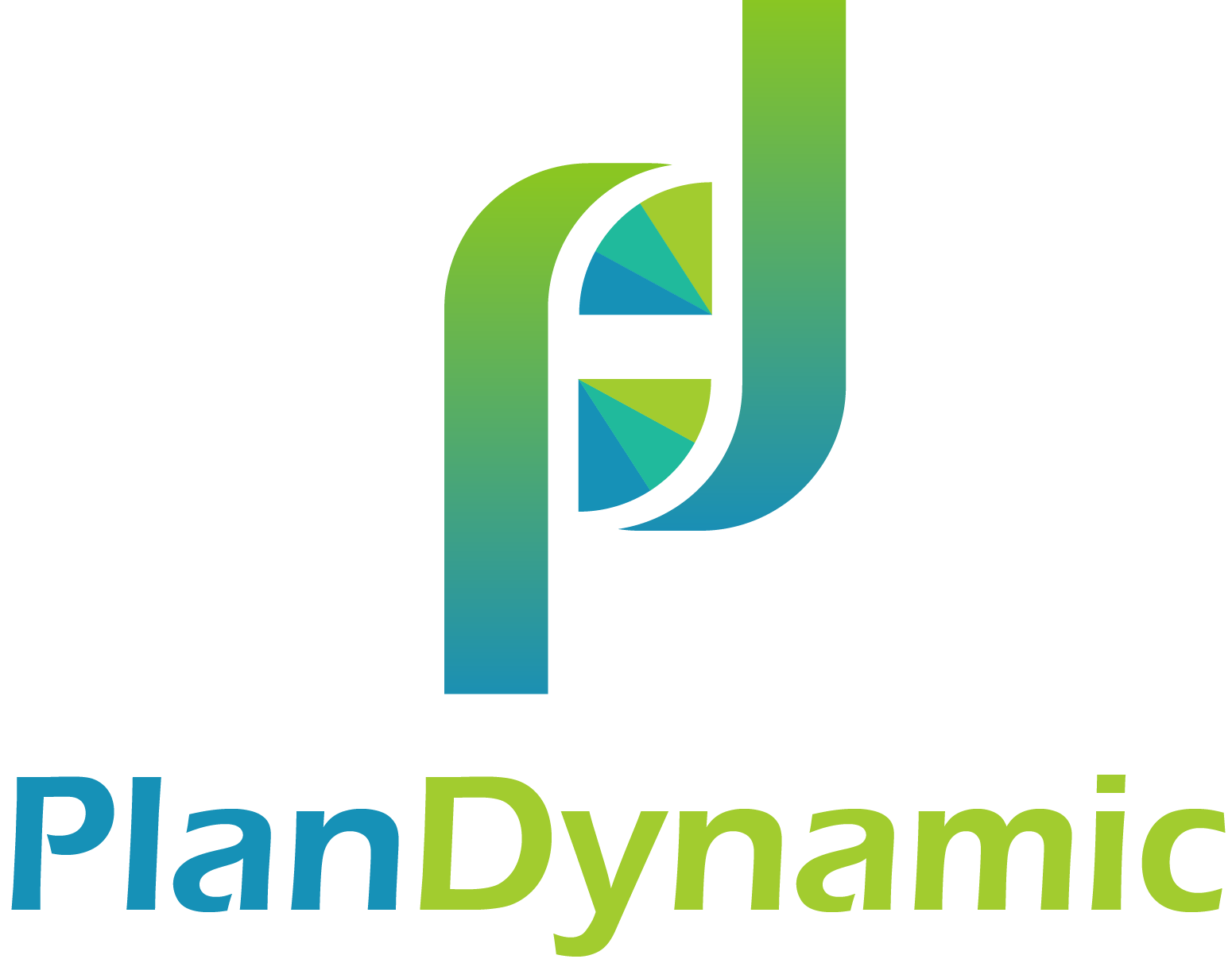Revisiting - Dividends: Evolve Beyond Yield
Two years ago, February 2019, I wrote about income investors becoming too attracted to high-yielding dividend stocks.
They’d ignore a company’s business model, free cash flows, payout ratios, dividend growth and other key factors. Their mantra of “I don’t care about the stock price, as long as I get my dividend” dramatically changed last year.
At first, all stocks fell. High-yielding companies were leveraged, faced earnings issues, industry headwinds and needed to preserve cash, so dividends were suspended or cut and stock prices stayed low. Meanwhile, efficient companies with growing business models recovered quickly, increased market share, stock prices accelerated and later dividends raised.
Bringing us to today and a conundrum for income investors.
Low Interest Rates Meet Inflation - Two year ago, certificates of deposits at 2.5% are renewing at 1% or less. Add the Fed indicating short-term rates will be held, even if inflation exceeds its 2% target rate. Thus those buying treasuries or investment-grade corporate bonds risk earning less than inflation.
Outdated Criteria Brings Concentration Risks - The philosophy of every investment must achieve a certain level of dividend yield is a fallacy. Meaning, you can’t build a portfolio only of stocks with greater than 4%, 3% or even 2% yield.
For example, if 2% dividend yield is required to own a stock, a/o 1/20/21 you’d disqualify 76 of 120 (64%) largest companies in S&P 500 Index. Require a 4% dividend yield? Only 12 companies remain, limited to oil & gas, tobacco, drugs or telcom. That’s not being selective, that’s concentration risk and avoiding growing companies.
Income investors need a new perspective.
Seek Total Return Approach - Instead of yield alone for income, think a combination of yield, dividend growth and stock price appreciation. If you require 4% income distribution and your portfolio yields 2%, the other 2% comes from selling investments. Relatively small and can occur naturally when rebalancing to manage risk.
Growth of Dividends - Growing companies reinvest earnings into projects to increase future cash flows. Dividends come from cash flows, and many growth companies yield 1.5% or less. Given this, these are ignored by income investors. Huge mistake, let me explain.
Yield-On-Cost (YOC) - Measures the compounding of dividend increases. Divide current dividend paid by what you paid for the share, multiply by 100. Real world example, large software company averages ~1.5% yield last 5 years. Dividend increases results in shares bought 5 years ago having 4.2% YOC, meaning your initial investment now pays 4.2% annually. Bonds can’t do this, they’re fixed. Now add over the 320% stock appreciation and you see the mistake of only selecting high dividend yields.
Evolve beyond yield and seek help when needed.
The opinions voiced in this material are for general information only and are not intended to provide specific advice or recommendations for any individual.
Glenn Brown is a Holliston resident and owner of PlanDynamic, LLC, www.PlanDynamic.com. Glenn is a fee-only Certified Financial Planner™ helping motivated people take control of their planning and investing, so they can balance kids, aging parents and financial independence.
This article appeared in the February editions of Local Town Pages for Holliston, Natick, Ashland, Franklin, Hopedale, Medway/Mills and Norfolk/Wrentham
Please call me at (508) 834-7733 or directly schedule a meeting to learn more about considerations for planning and investing so you can balance kids, aging parents and your financial independence.
PlanDynamic, LLC is a registered investment advisor. This article is intended to provide general information. It is not intended to offer or deliver investment advice in any way. Information regarding investment services are provided solely to gain a better understanding of the subject or the article. Different types of investments involve varying degrees of risk. Therefore, it should not be assumed that future performance of any specific investment or investment strategy will be profitable.
Market data and other cited or linked-to content on in this article is based on generally-available information and is believed to be reliable. PlanDynamic, LLC does not guarantee the performance of any investment or the accuracy of the information contained in this article. PlanDynamic, LLC will provide all prospective clients with a copy of PlanDynamic, LLC’s Form ADV2A and applicable Form ADV 2Bs. You may obtain a copy of these disclosures on the SEC website at http://adviserinfo.sec.gov or you may Contact Us to request a free copy via .pdf or hardcopy.
